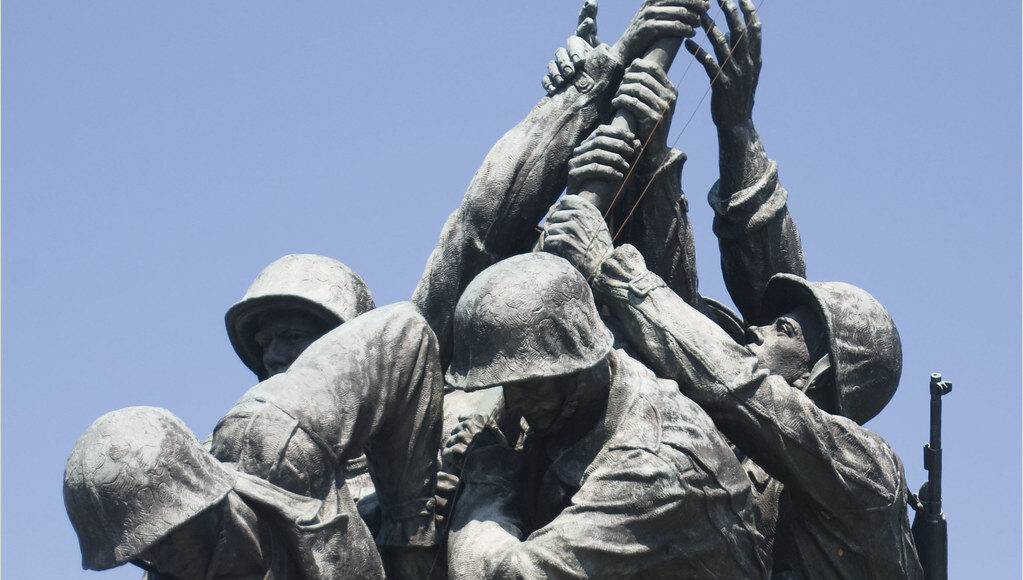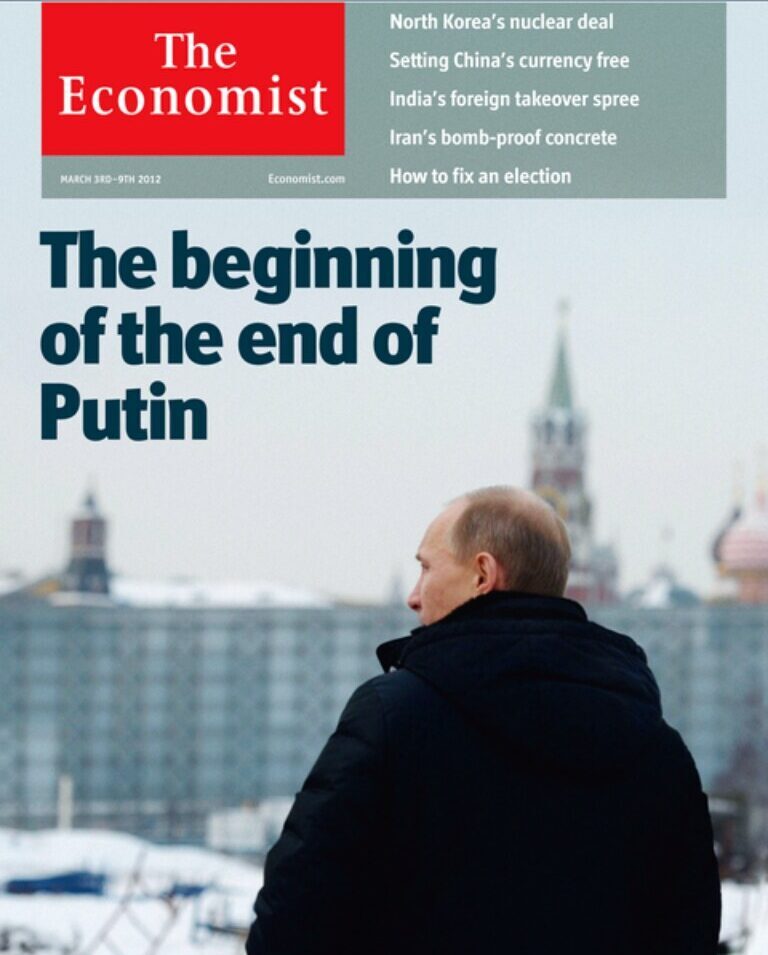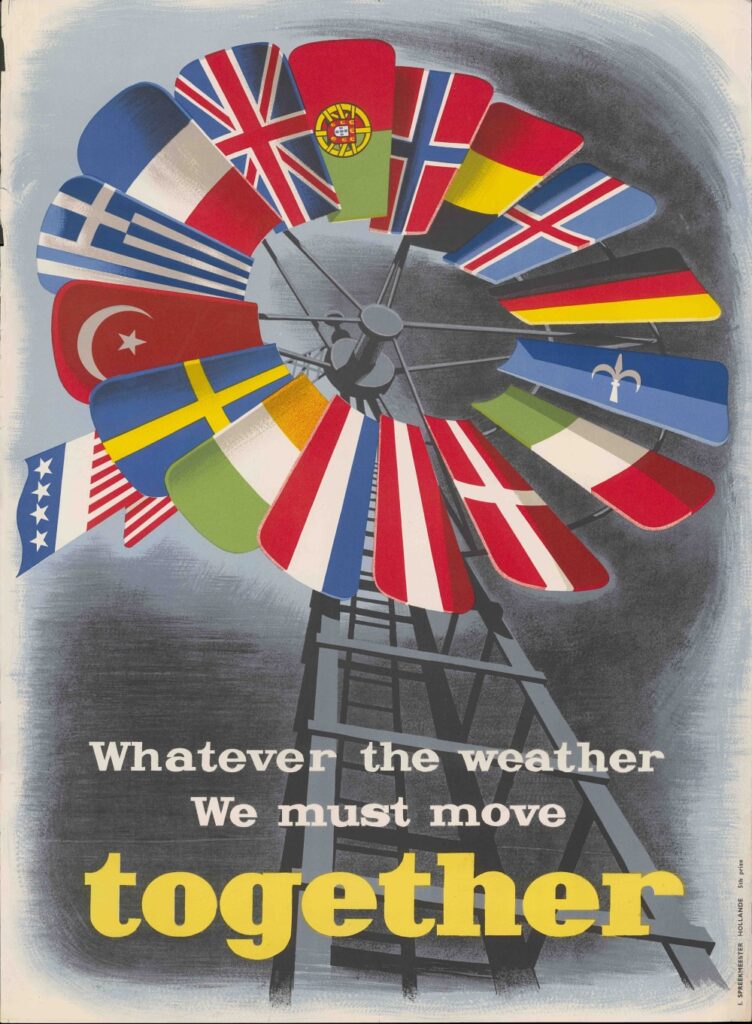A Turning Point for Militarization in Europe?

Vladimir Putin’s military invasion of Ukraine on February 24, 2022, sparked a renewed development of militarization in Europe. The avoidable aggression on the free and democratic Ukraine initiated a necessary boost to the organizations committed to maintaining peace. As Europe relied almost entirely on a stagnating North Atlantic Treaty Organization (NATO) and depreciating national armies to protect its population, the Russo-Ukrainian war revived unity within both NATO and the European Union.
Shortly after WWII, inter-state cooperation was primarily promoted by the creation of international organizations such as the United Nations (UN) and the European Union (EU). The former was founded in 1945 by a generation of traumatized leaders to maintain international peace and security throughout the world. The latter was slowly established through regional economic integration in the hopes of rendering a military conflict between the members of the Union impossible. As their creations were precipitated by the war, they are intimately linked with humanity’s shared experiences of the most deadly conflict in history. Since the invasion of Ukraine, Europe has increased inter-state cooperation within the international organizations created following WWII.

First and foremost, the war has and will further reinforce the development of the European Union’s common foreign and security policy. The EU has demonstrated its unity by condemning the attack, imposing economic sanctions on Russia, and financing 500 million euros worth of arms in support of Ukraine. The historic nature of the war has led the EU and its members to take unprecedented actions outside of its usual comfort zone.
Indeed, even Germany – which until the war cultivated a special economic relationship centred on energy with Russia – has taken a “historical shift” according to Chancellor Olaf Scholz, by delivering lethal weapons to protect the Ukrainian population currently under attack. Furthermore, the German government has agreed to meet the NATO goal of spending two per cent of the national GDP on defence. This feat is even more impressive considering the usual reluctance of the governing Social Democrats to invest in defence.
However, the largest changes in the EU’s common foreign and security policy could still come in the near future. In a televised address to the nation on March 2, French President Emmanuel Macron stated the “European defence must take a new step,” potentially signalling his support for the creation of what would effectively be a European Union army. First attempted in 1950, the French National Assembly rejected the establishment of a European Defence Community (EDC) in 1954. In the end, this unfinished business could be finally executed after the Russo-Ukrainian war.
The potential creation of a European army was discussed between the EU’s heads of state and government in an informal meeting on March 10-11 in Versailles. Led by Macron – in the context of the French Presidency of the Council of the EU – the Versailles summit set the foundation for “a stronger and more capable EU in the field of security and defence.” While a European army will not see the light of day tomorrow, the war in Ukraine has highlighted the fragility of European defence and enhanced the development of militarization in Europe.
With the failure of the EDC in the 1950s, NATO was tasked with protecting the European continent from the threat of the Soviet Union in the context of the Cold War. However, the ‘communist menace’ was neutralized by the dissolution of the USSR in 1991, bringing into question the very existence of a stagnating NATO. Recently, the Alliance’s condition has been further weakened by growing tensions between member states, as illustrated by the “submarine crisis” between France, Australia, the UK, and the USA.

The North Atlantic Alliance – which many believed was on its deathbed – was revitalized by the Russo-Ukrainian war. While NATO will not send troops to Ukraine in fear of escalating the conflict, Russia’s invasion has temporarily resolved long-lasting divisions among some of the Alliance’s members. Most notably, Turkish President Ergodan has agreed to send weapons to protect Ukraine, dissipating doubts over his close relationship with Putin. Other historically non-aligned states like Sweden and Finland have taken firm stances against Russia, which could potentially lead to their accession to the defence organization in the future. In tandem with the EU, NATO still has a significant role to play in the defence of Europe, which Russia’s invasion has reinforced.
An outcome that further bolstered Western international organizations, Putin’s efforts to terminate Ukraine’s westernization process have hastened the country’s political rapprochement with Europe. Really, Ukraine has never been more European – Russia’s act of aggression has only pushed its neighbour deeper into the arms of the European Union. Indeed, on February 28, Ukrainian President Volodymyr Zelenskyy pleaded to “the European Union for Ukraine’s immediate accession” and submitted an official bid for his state’s membership.
While EU leaders rejected the possibility of a “fast track” application for Ukraine in Versailles, the move has been strongly supported by the President of the European Commission, Ursula von der Leyen, who “want[s] them in.” Furthermore, Georgia and Moldova have followed Kiev in submitting their own applications to join the EU. Putin’s effort to recover the Soviet Union’s sphere of influence in Eastern Europe has backfired and may further enlarge the European Union.
The Russo-Ukrainian war has united Europe against Vladimir Putin. It has consolidated NATO and the EU, setting the stage for the creation of a potential European army. The future might even show Ukraine, Georgia, and Moldova becoming the principal beneficiaries of a developed and militarized Europe. Ultimately, the Russo-Ukrainian war has strengthened the European organizations in charge of promoting the peace which Vladimir Putin is seeking to destroy.
Edited by Matthias Hoenisch
Featured Image: “Marine Corps Memorial — Arlington (VA) May 2013” by Ron Cogswell is marked with CC BY 2.0.
